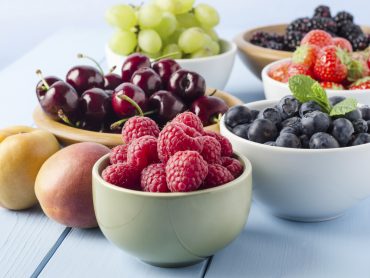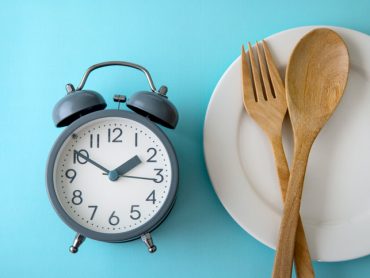In Vino Veritas XXXIV: Aperitif or Digestif
My typical day at the office: two hundred emails, back-to-back meetings, and a constant barrage of phone calls to interrupt any and all down time. By the time I dredge myself off the office floor around 6pm, I’m loopy, hungry and in need of a stiff drink. Sound familiar?
While some call this ‘mandatory pre-dinner throat and brain lubricant’, the French were kind enough to bestow us with a more elegant term: the apéritif. And for symmetry’s sake, they also gave us a word for its after-dinner counterpart: the digestif. As beverage sales have tremendous markups and represent a fundamental part of any restaurant revenue stream, understanding these two terms and how to leverage them may just be the ticket.
Let’s start with some simple questions. How many of your guests actually know what these two words mean (and can differentiate between them)? How you do, as a restaurant, visually demarcate the two (i.e. separate apéritif and dessert menus)? And lastly, how are you encouraging patrons to buy drinks specifically for before or after the meal?
To answer these three questions and to connect them with our two aforementioned French conversions, what we are really talking about are nudges – those inconspicuous and seeming innocuous suggestions that actually have a remarkable influence on our behavior.
Quick: don’t think of pink polar bears. You’ve probably heard this one before as it’s such a great example. By simply planting the idea of an oddly colored ursine, you are much more likely to dwell on it for a moment or to actually picture one in your head.
So, what nudges can we give our restaurant-faring clientele so they imbibe at a greater frequency beyond what’s ordered for during the actually meal? Many of the basic tactics are already perfunctory to our industry – separate drink menus left out on the table during the course of the meal and regular server prompts are two that come to mind. Both of these are proven effective and I would never recommend you abandon either without due consideration.
Understanding that nudges are almost a form of subterfuge can help us augment these two tactics, however, and offer a few extensions. For instance, the art is in how the server prompts your patron about their hopefully forthcoming libations. Instead of asking a consumer, “Have you decided on drinks?” lead with something softer like, “Have you had a chance to look at the drink menu?”
The first question requires a monetary decision to be made; the customer has to read through his or her drink options and make an actual choice. And we all know that the harder the decision, the more likely the outcome is to be rejection. The second question only stipulates that said patron browse through the drink list…how hard is that? But, by reading and touching the menu, it’s recruiting the brain and subconsciously committing it more so to the possibility of a purchase.
Sly but effective. Obviously, there are those consumers who already have their alcohol agenda preformed before being seated, but for those who are on the fence about ordering an apéritif or any meal accompaniment, subtle shifts like this may be all that’s needed.
Another tactic has to do with timing. People come to restaurants because they are hungry! For our purposes here, this means that from the moment they sit down, getting food is more likely to be of a higher priority than getting drinks. Hence, you really have to start them off on the right foot before they jam their heads into the food portion of the menu. Ask guests right as they are being seated if you can start them off with a ‘quick’ drink (yes, the adjective is important here). Moreover, drink menus should be readily available on the table and in fact more readily available than the food menus, lest they succumb to the will of their stomachs.
Alas, the French have come to the rescue yet again. Apéritif is used mostly to describe beverages, but it also can refer to little morsels of food to begin the digestive process. If this morsel is complimentary, then it would be called an amuse bouche. So, if most people when entering a restaurant first and foremost strive to satiate their hunger, then would an amuse bouche work reasonably as a nudge to induce more beverage sales? Pondering along these lines, how would your beverage sales be affected if you were to seat diners and immediately put a basket of fresh bread and a drink list (but no food menus) in front of them?
All this, though, is shunning the after-meal libations, the digestifs. The primary trick here is to ask and you shall (sometimes) receive. If your servers make similarly clever inquiries about drinks at this juncture as they would when first seating their customers, the results will be markedly improved. Another good nudge is to plant the seed of a digestif before the meal or before clearing the plates, either by asking outright or by leaving dessert menus on the table. This works because by the time the mains have been consumed, your patrons have already started to think about heading home; you have to prompt them to think differently before this sets in.
There’s much more we can discuss on the matter, but I’ll leave it with you to figure out how sell to get people to incorporate apéritif and digestif into their vocabularies. Lastly, while this article is all about cajoling more liquor sales to boost the overall health of your business, you should nevertheless encourage your guests to drink responsibly, and this notion must be a part of any training protocol.
(Article by Larry Mogelonsky, published in HotelsMAG on May, 19, 2015)




